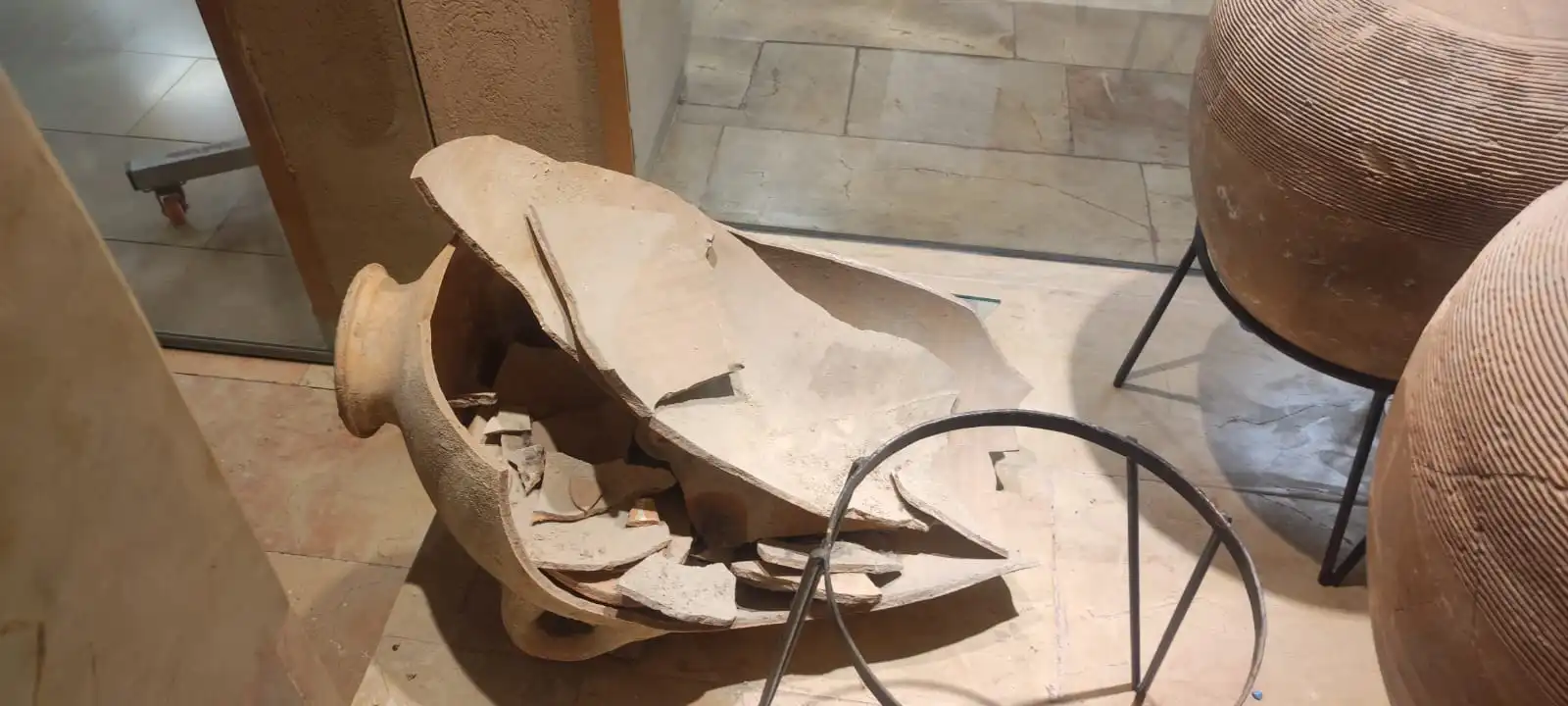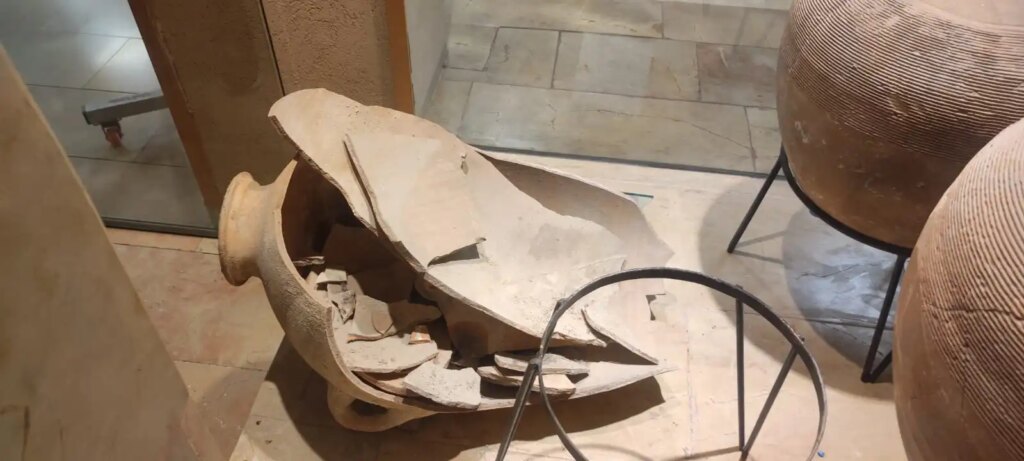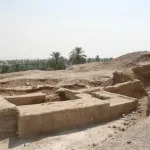
A curious four-year-old boy visiting the Hecht Museum in Israel with his family inadvertently smashed a jar that predates the time of Biblical main characters King David and King Solomon.
The boy’s father told the BBC that his son was simply “curious about what was inside,” so he pulled at the large piece of ceramic crockery to get a better look.
To the family’s credit, they quickly owned up to the boy’s folly and spoke to a nearby security guard. To the museum’s credit, Dr. Inbal Rivlin, the institution’s general director, invited the boy and his family to visit the museum again and to see the repaired jar. According to a museum spokesperson, the invitation was accepted and the family will return to the museum this weekend for a personal tour.
The jar was on display without the protection of a glass barrier near the museum’s entrance. The museum’s founder, Dr. Reuven Hecht, believed that the public should be able to appreciate relics without the encumbrance of glass walls and barriers. A representative of the museum told ARTnews that, “despite the rare incident with the jar, the Hecht Museum will continue this tradition.”
A restorer has already been called in, Roy Shafir of the University of Haifa’s School of Archaeology and Marine Cultures. Since the jar had been on display and has plenty of photographic documentation, the museum expects the conservation work to be without issue.
The jar is dated to the Middle Bronze Age, between 2200-1500 BCE, and originally was intended for the storage and transport of local supplies like wine and olive oil. Similar jars have been found in archaeological excavations, the museum said, but most were found broken or incomplete.


